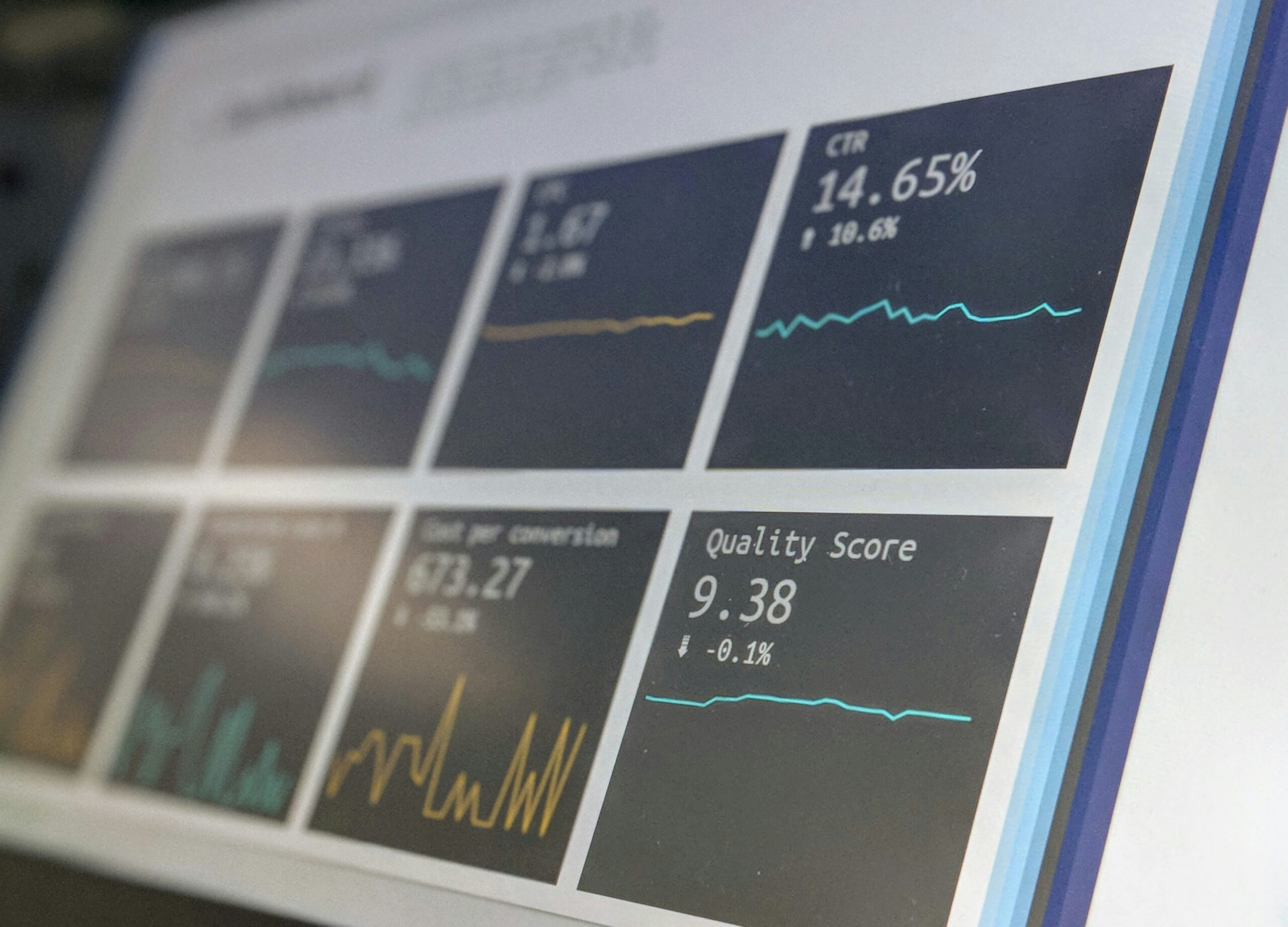This article is a brief summary of our methods, experimental design philosophy, and conclusions. A full copy of our research, including additional discussion of our methodology, detailed tables of results, and a table of assumptions and parameters is available upon request
Last Tuesday it was reported that the DEA will accept HHS’s recommendation to move cannabis from a Schedule I to a Schedule III substance.
Suffice to say (this article is about math after all),[1] rescheduling may have a variety of potential effects on cannabis businesses. Most notably for purposes of this article, many commentators have speculated whether rescheduling, as implemented, will remove the tax burden of 280E from state licensed operators.
The Fire Business Strategies team generated and evaluated financial forecasts for 4,000 unique Colorado business to simulate and illustrate the direct market and individual business-level effects of 280E on the profitability, viability, and performance of a variety of cannabis business license types. Uniquely, this allows our team to identify and account for uncertainties within a given business plan, or, in this case, simulate a diverse array of different businesses and corresponding tax outcomes within defined parameters.
From these parameters, we generated 1,000 unique 3-year financial projections within each of the following categories to compare the individual and aggregate financial performance of businesses of these types with and without the effects of 280E:
- Standalone retailers
- Small to medium-sized cultivators
- Medium to large-sized vertically integrated operators
- Newly licensed vertically integrated operators
Among the 1,000 retailers simulated, we found between $415,000 and $760,000 in savings over 3 years, or roughly 3.5-6% of net revenue, increasing probability of 3-year net profit by approximately 8.5%.
Small to medium-sized cultivators saw some of the broadest variety of impacts. While the average impact of 280E repeal over the next 3 years was roughly $150,000, around 3% of average net revenue, the maximum impact was $ 676,229.29, which corresponded to a dramatic 25.35% of net revenue. Probability of 3 year net profit for these businesses increased by approximately 3%.
While the greatest savings were seen among the 1,000 medium to large-sized vertically integrated operators simulated, 280E had the least impact on business outcomes for this kind of business. We found impacts ranging from roughly 2.3-2.7% of net revenue. The most interesting potential impact was a more level playing field among these businesses. Because 280E disproportionately affected the lower revenue businesses simulated, without the effects of 280E the standard deviation of 3-year profits decreased by 2.38%.
Finally among the newly licensed operators we found a simulated we observed a 5.8% increase in the number of these businesses cutting even on startup costs after 3 years. The average impact on profitability was roughly 3.71% of net revenue.
These categories, and associated parameters and assumptions, were selected in order to illustrate the various, and often unequal, effects of 280E on different cannabis business types. They were not selected to create a representative sample of Colorado’s cannabis business community. Further, while the Fire Business Strategies team has made significant efforts to ground these parameters and assumptions in reality, because of the limited number of variables subjected to the Monte Carlo simulation, and the limitations of the simple statistical distribution types chosen for these simulations, the financial models generated do not necessarily represent reality for any individual business, or for the Colorado market as a whole.[2] Nor do these simulations capture all possible variations in business strategy, structure, or operational performance. As such, neither this article nor the simulations are, or ever could be, tax advice. Our calculations of federal income tax are rudimentary, simplified, and are no substitute for professional advice. Notably all businesses simulated were corporations, and thus subject to a flat tax rate on earnings at a corporate level. Our post 280E calculations do not account for depreciation, amortization, or other deductions that may be available to operators not subject to 280E. Thus, the actual tax consequences, while highly individualized, are likely to be on average better than those simulated.
In spite of these limitations we, hope that these simulations, taken in the aggregate, will provide a tangible illustration of the degrees to which 280E reform could directly impact the profitability, viability, and performance of several different cannabis business archetypes.
About Fire Business Strategies
Fire Business Strategies is a full-service consulting firm focused on helping cannabis businesses and policymakers make data-driven decisions about the future of their business and the cannabis industry as a whole. We specialize in guiding new and expanding businesses through a rigorous analysis of strategy, compliance, and governance considerations while developing an on-demand and highly customizable strategic and financial plans–featuring detailed insights into staffing, supply chain management, and more.
This article is a brief summary of our methods, experimental design philosophy, and conclusions. A full copy of our research, including additional discussion of our methodology, detailed tables of results, and a table of assumptions and parameters is available upon request. We are also actively scheduling demos of our business planning tools and would love to discuss how our team can help set your business up for success.
[1] You have been warned.
[2] Though global studies analyzing a greater diversity of market participants simultaneously, and/or hyper-targeted studies evaluating the potential effects on an individual operator, would both be feasible using these same methods, it bears noting that in pilot simulations intra-license variations across individual business strategy decisions and business performance metrics (which, particularly in the fields of cultivation and botanical extraction, are often uncertain) have outsized and often underappreciated effects on overall financial performance. This effect, along with the sample sizes needed to deliver statistically significant results, scales dramatically with the number and range of values subject to the Monte Carlo simulation. The more “known uncertainties” that the simulation accounts for, the more these variations tend to obscure the visual insights we aim to provide, though the raw data may have research and advocacy potential. More simply put, we chose pretty charts over simulating the entire market simultaneously. Because you’ve read this far into a footnote, we’re certain you hate that choice. That’s capitalism, baby. Reach out.

